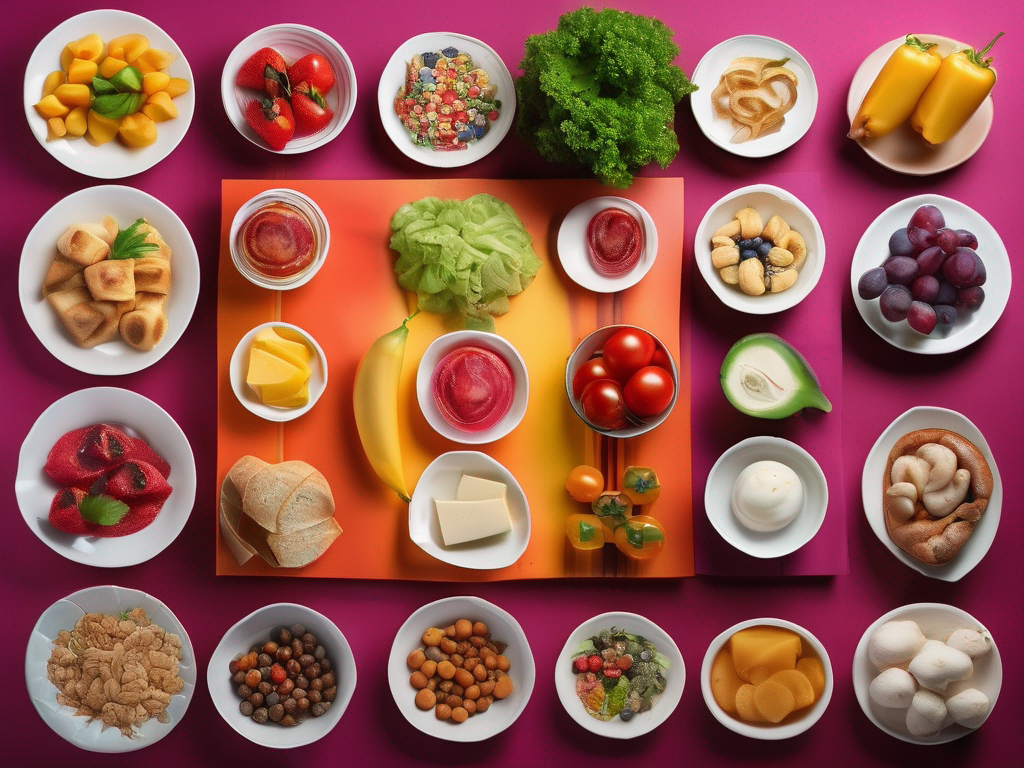
Making Sense of Shelf Life: Understanding the Best Before Date
Get Your Free Food Safety Cheat Sheet
30 most common foods with instant answers. Print it and stick it on your fridge—completely free!
Making Sense of Shelf Life: Understanding the Best Before Date
In the fast-paced world of food consumption, understanding the best before date on food packaging is crucial for maintaining food safety and quality. While the best before date is an indicator of when the food product is at its peak freshness, it does not necessarily mean that the food is unsafe to consume after that date. In this blog post, we will delve into the intricacies of shelf life after the best before date and provide you with practical tips on how to navigate this aspect of food safety.
What Does the Best Before Date Mean?
The best before date is a guideline provided by food manufacturers to indicate the estimated period during which the product will retain its optimal quality, flavor, and nutritional value. It is important to note that the best before date is not a strict deadline for consumption but rather a suggestion for when the product is at its best.
Factors Influencing Shelf Life
Several factors can influence the shelf life of a food product beyond the best before date, including:
- Storage conditions (temperature, humidity)
- Packaging (airtight, moisture-proof)
- Type of food (perishable vs. non-perishable)
- Processing methods (canning, freezing)
Understanding Food Safety Beyond the Best Before Date
While the best before date provides a general guideline for food quality, it is essential to use your senses and judgment to assess the safety of a product after this date. Here are some practical tips to consider:
Visual Inspection
- Check for signs of spoilage such as mold, discoloration, or unusual texture.
- Look for any swelling or leakage in canned goods, indicating potential bacterial growth.
Smell Test
- Trust your sense of smell to detect any off-putting odors that may indicate spoilage.
- Rancid or sour smells are red flags that the product may have deteriorated.
Taste Test
- When in doubt, take a small taste to assess the flavor and texture of the food.
- Avoid consuming any food that tastes off or has an unusual mouthfeel.
Tips for Extending Shelf Life
To maximize the shelf life of food products beyond the best before date, consider the following tips:
- Proper Storage: Store foods in a cool, dry place away from direct sunlight.
- Refrigeration: Refrigerate perishable items promptly to slow down bacterial growth.
- Freezing: Freeze foods before the best before date to extend their shelf life.
- Air-Tight Containers: Transfer leftovers to airtight containers to maintain freshness.
Conclusion
In conclusion, understanding the nuances of shelf life after the best before date is essential for making informed decisions about food consumption. While the best before date serves as a helpful guideline, it is equally important to trust your senses and practice safe food handling techniques to ensure food safety. By following the practical tips outlined in this blog post, you can confidently navigate the realm of food storage and make the most of your pantry staples. Remember, when in doubt, it's better to err on the side of caution when it comes to food safety.
Authoritative Food Safety References
These agencies and university labs inform every tip and health precaution we publish.
USDA FoodKeeper – Cold Storage Guidelines
Official refrigerator, freezer, and pantry timelines maintained by the U.S. Department of Agriculture.
Visit USDA FoodKeeperFDA Produce Safety Rule & Grower Guidance
Field-to-fridge handling practices that prevent contamination of fruits, vegetables, and leafy greens.
Visit FDA Produce SafetyCDC Foodborne Illness Prevention Hub
Surveillance-backed guidance on pathogens, symptoms, and steps to reduce foodborne illness risk.
Visit CDC Food SafetyUC Davis Postharvest Technology Center
University research detailing optimal storage atmospheres for produce after harvest.
Visit UC Davis PostharvestPenn State Extension – Home Food Preservation & Safety
Peer-reviewed extension bulletins on safe canning, chilling, and reheating practices.
Visit Penn State ExtensionGet Your Free Food Safety Cheat Sheet
30 most common foods with instant answers. Print it and stick it on your fridge—completely free! Want more? Upgrade to the complete guide with 70+ foods.
Scan your food directly and get instant safety info using our AI-powered camera feature.